SEGA has solidified its place in the industry with Yakuza, or Like a Dragon as it’s now known. These are mature, laid-back games that offer a wide array of options, diverse mechanics, and plots that stand out and even cover topics with a maturity and naturalness that many other games envy. The key, in my opinion, is not treating the player as ignorant, but simply giving them the tools to have fun with a serious backdrop.
A year ago, Like a Dragon: The Man Who Erased His Name was released—let me refer to the series by its classic name, Yakuza. This game serves as a bridge between Yakuza 6 and Infinite Wealth. Without getting into the plot, fate forces Kazuma Kiryu to hide in Osaka, a location familiar to fans of the series. The map is well-crafted, indicating that the game started as a DLC that grew in ambition and ended up being a very special action RPG adventure.
I don’t use this praise lightly; in The Man Who Erased His Name, SEGA has created a setting full of possibilities that seamlessly connects the story and offers the player shops, a combat arena, a gambling area with real money online casino, a gambling den, and a cabaret. This place is called The Castle.
The Castle: A paradise of games, combat, and limitless Fun
I maintain that I won’t dissect the game’s story, but I will say that it’s well-constructed enough to justify the presence of the Dragon of Dojima in Osaka and the existence of such a diverse and rich environment as The Castle. Nothing is as it seems, and characters don’t reveal their intentions to the player right away—everything has a reason, and I doubt you’ll be able to anticipate the game’s various plot twists.
The Castle isn’t just a place for side activities; it’s also a location that solidifies the progression mechanics and the game’s economy. Without this area, progression would feel much more monotonous. Osaka has a famous castle, and in the game, there’s an exact replica built on a giant container ship, operated by the Kijin Clan.
The possibilities offered by this environment are revealed gradually, so the player understands what it offers and how to use its resources most effectively. I’ve mentioned that The Castle supports the character progression mechanics and the game’s economy, and to understand how an environment can impact gameplay elements, it’s necessary to explore a key aspect of The Man Who Erased His Name: money.
Just like in Yakuza 0, the economy in this game allows you to buy health items, aesthetic items, passive character upgrades (equipment that boosts Kiryu in terms of strength, defense, or resistance to various effects), as well as active upgrades for the protagonist. These active upgrades include increasing health, damage, new moves for the two available fighting styles, or better rewards for meeting specific conditions. In short, thanks to the money you collect, you can develop the character—something mandatory if you want to overcome the numerous battles.
Gameplay speed through The Castle
Money is at the core of the game’s development, as is a progression system with experience points, and it’s up to us to use it to improve Kiryu either directly or indirectly. In other words, we have limited resources that we must manage to advance the character and acquire health, offensive, defensive items, and other goodies. And this is where the design of The Castle comes into play. This area acts as an accelerator, allowing you to quickly and entertainingly earn money to upgrade our hardened protagonist without spending too much time in street fights to amass more cash.

It’s not mandatory to spend time in The Castle except when the story requires it, but the designers have skillfully woven it into the plot and revealed it to the player. If you want to accumulate money, which essentially means experience points, you can either fight or gamble in the Casino or other gambling games. This brings us to another virtue of its design—you can fight, which will allow you to practice for the mandatory story battles and be better prepared, or you can enjoy other gameplay mechanics in the casino and beyond. The Castle lets you explore different gameplay elements if you don’t want to progress solely through combat, something that happens naturally in the game.
It’s a central area that structures the main progression path of the game, avoiding excessive player fatigue by speeding up upgrades and offering elements to take a break from the main combat-focused gameplay. A true marvel.

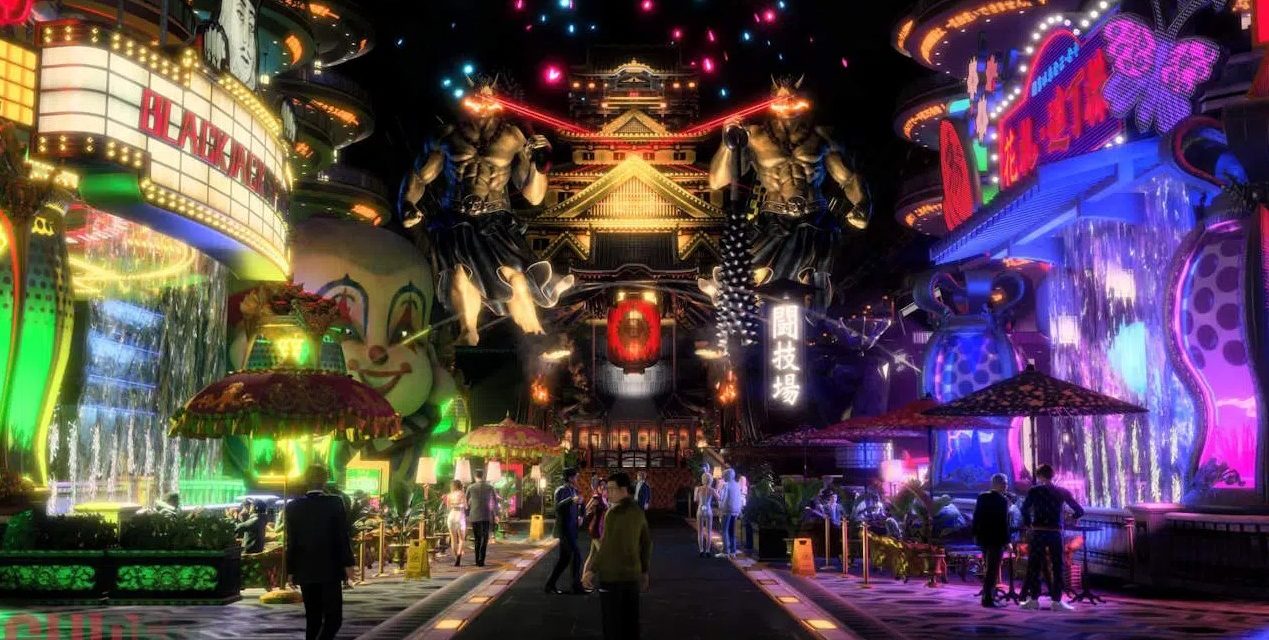

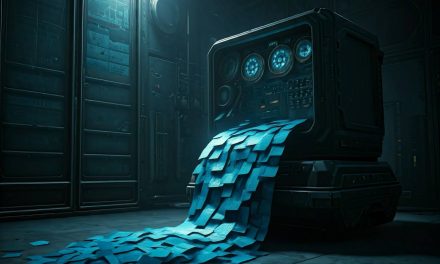
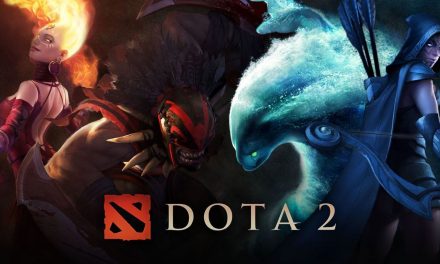
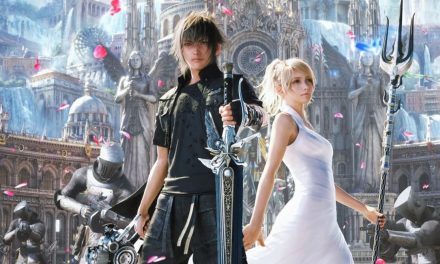


![[Rumor] Sony is reportedly in talks to buy Kadokawa, the parent company of From Software](https://vgleaks.com/wp-content/uploads/2024/11/Elden-Ring-Shadow-of-the-Erdtree-Release-Date-150x150.jpg)
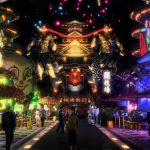
![[Rumor] Dark Souls 3 Remastered in development](https://vgleaks.com/wp-content/uploads/2024/11/ds3_game-thumbnail-150x150.jpg)







